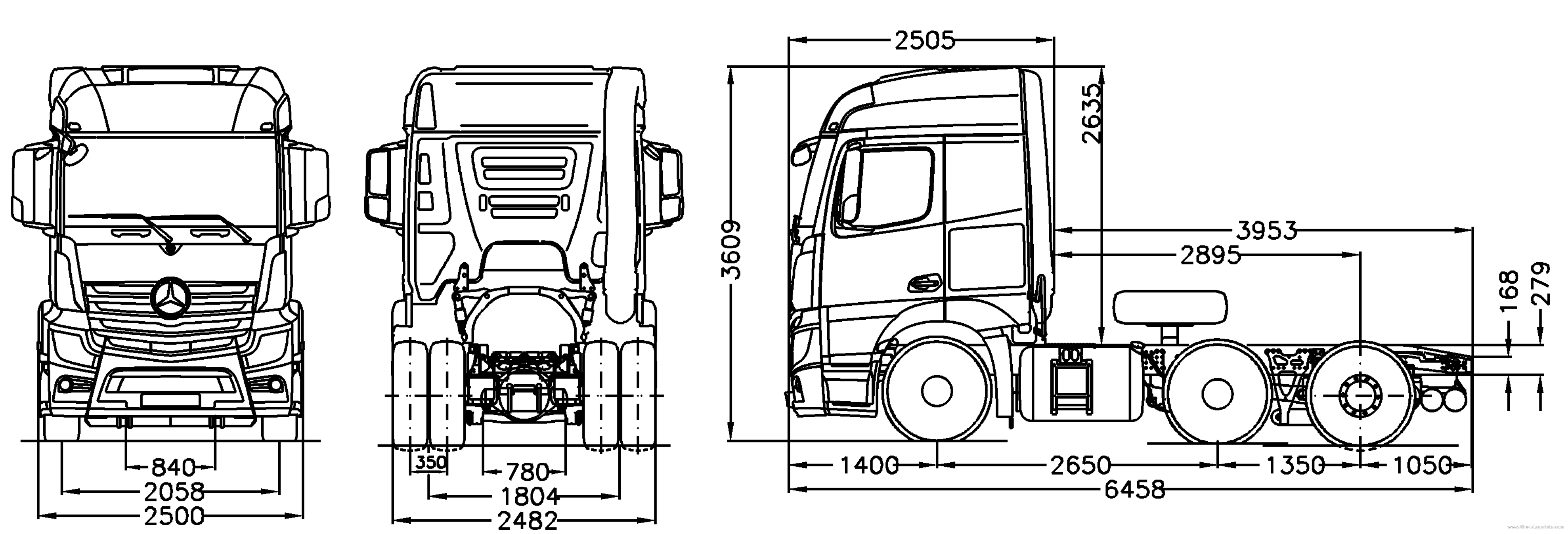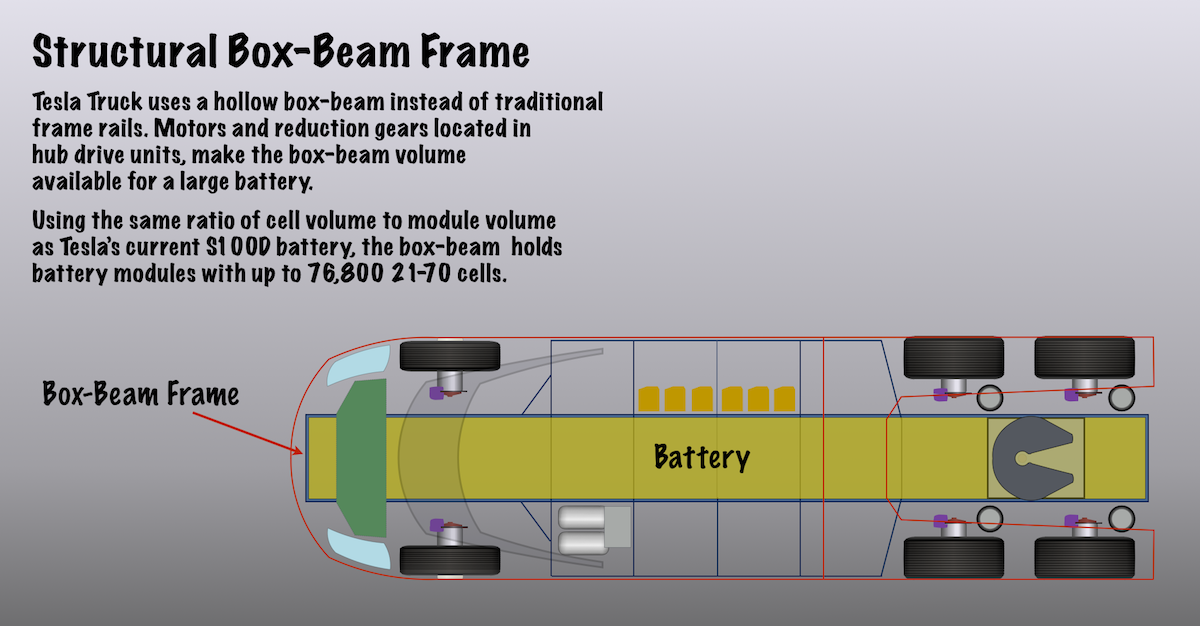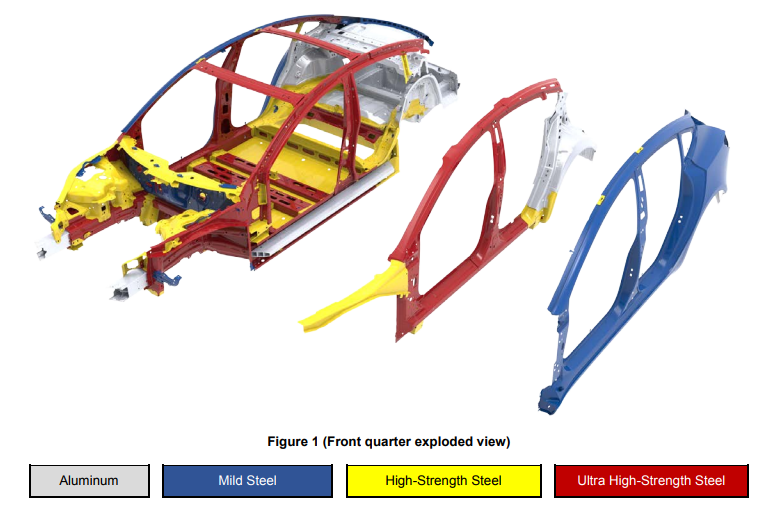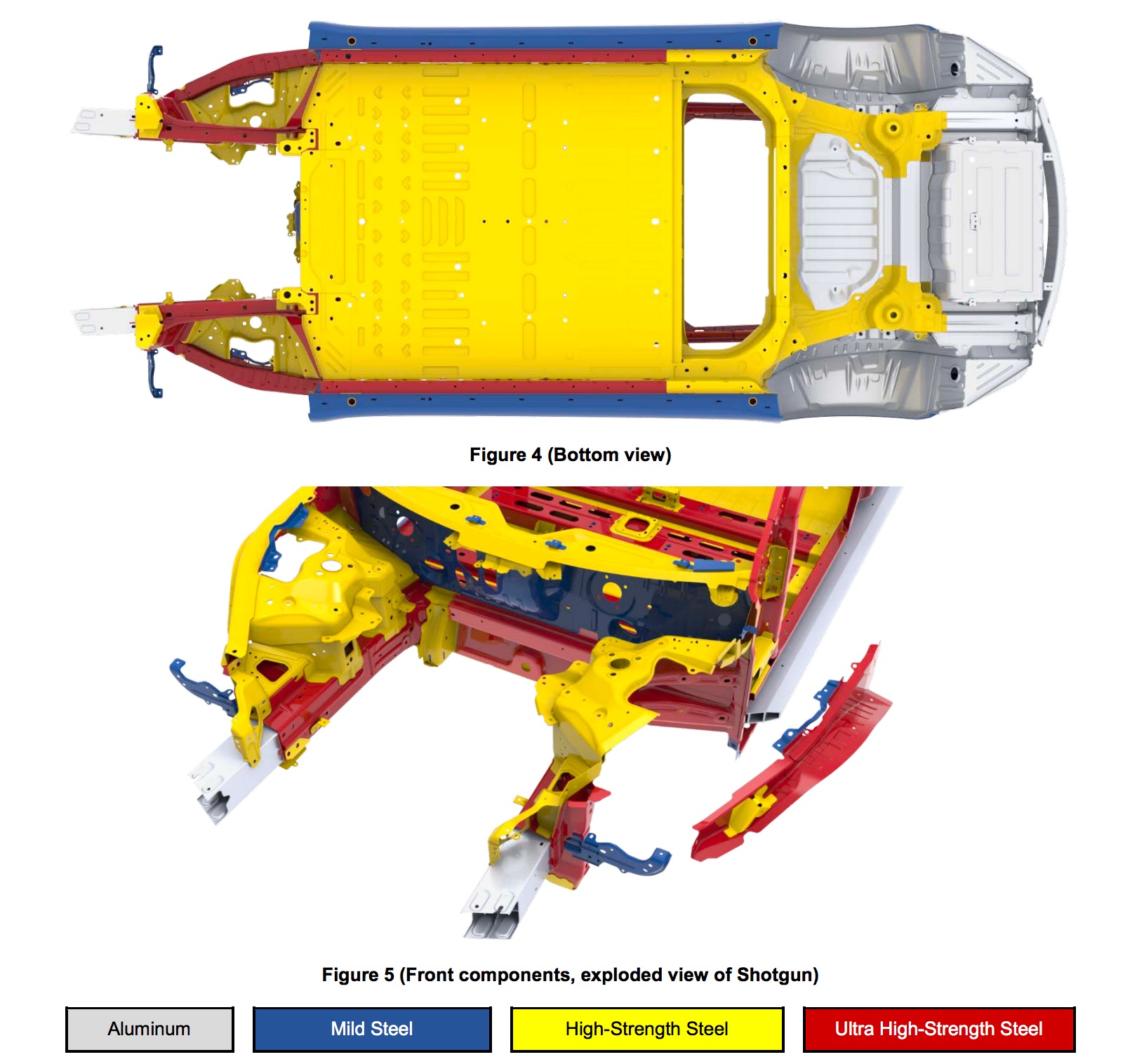Tesla CEO Elon Musk confirmed that a pickup truck will be the the company’s next product following the Model Y crossover. In fact, he says he’s “dying to build it.”
Production of the Model Y is slated for 2019. The vehicle is expected to share architecture with the Model 3, which is expected to help bring the vehicle to market faster.
Musk has previously hinted that a Tesla pickup will be a miniature version of the semi truck the company debuted earlier this year. During the Semi unveiling, Musk showed a sketch of a “pickup truck that can carry a pickup truck.”
 “By the way, you will actually be able to drive that with a normal driver’s license,” he said at the event. “It’s kind of wrong, but I like it.”
“By the way, you will actually be able to drive that with a normal driver’s license,” he said at the event. “It’s kind of wrong, but I like it.”
In a tweet Tuesday, Musk said he’s been thinking about the core design and engineering for a pickup for five years.
“I promise that we will make a pickup truck right after Model Y,” he wrote. “Have had the core design/engineering elements in my mind for almost 5 years. Am dying to build it.”
Further, he said the pickup will be similar in size to a Ford F-150 or slightly larger due to a “gamechanging” feature.
Production of the Model Y is slated for 2019. The vehicle is expected to share architecture with the Model 3, which is expected to help bring the vehicle to market faster.
Musk has previously hinted that a Tesla pickup will be a miniature version of the semi truck the company debuted earlier this year. During the Semi unveiling, Musk showed a sketch of a “pickup truck that can carry a pickup truck.”

In a tweet Tuesday, Musk said he’s been thinking about the core design and engineering for a pickup for five years.
“I promise that we will make a pickup truck right after Model Y,” he wrote. “Have had the core design/engineering elements in my mind for almost 5 years. Am dying to build it.”
Further, he said the pickup will be similar in size to a Ford F-150 or slightly larger due to a “gamechanging” feature.
Last edited by a moderator:






